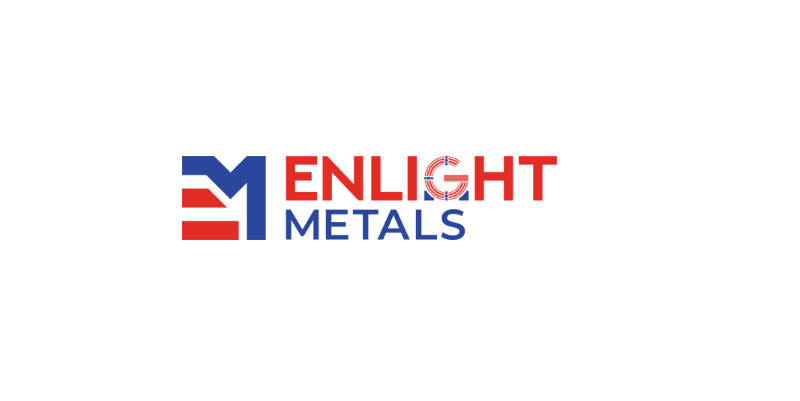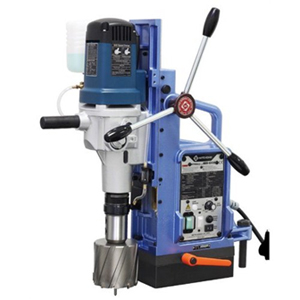Schedule a Call Back
Materials and Grades of Fasteners
 Technical Articles
Technical Articles- Apr 07,11
For want of a nail the shoe was lost.
For want of a shoe the horse was lost.
For want of a horse the rider was lost.
For want of a rider the battle was lost.
For want of a battle the kingdom was lost.
...And all for the want of a horseshoe nail!
There are many versions and stories behind this proverb, the earliest one dating to the 14th century. But what it invariably demonstrates is the importance of the humble nail, and by extension, of fasteners - it could be anything - something that is used to hold parts of the whole together. From elegant Swiss watches to giant Space Stations, most products are built with many different parts, and held together with the help of fasteners.
The common types of fasteners include nuts, bolts, studs, screws, rivets, retaining rings, pipe clips, pins, panel fasteners and anchors. Fasteners have become a very important in every industry because of the basic but important purpose that they serve.
Each component in a machinery or vehicle is dependent on the fasteners that hold it together. Failure or nonconformity in a fastener can lead to disasters that can be horrendous.
Fastener Materials
Almost 90% of all fasteners are made of carbon steel. A plain carbon steel is one in which carbon is the only alloying element added to the iron base. The amount of carbon in the steel controls its hardness, strength, and ductility.
Low Carbon Steel
Low carbon steel generally contains less than 0.25% carbon and cannot be strengthened by heat-treating; strengthening may only be accomplished through cold working and case hardening.
The low carbon material is relatively soft and weak, but has outstanding ductility and toughness; in addition, it is machinable, weldable and is relatively inexpensive to produce. The most commonly used chemical analyses include AISI 1006, 1008, 1016, 1018, 1021, and 1022.
Medium Carbon Steel
Medium carbon steel have carbon concentrations between about 0.25% and 0.60%. These steels may be heat treated by austenising, quenching and then tempering to improve their mechanical properties.
The plain medium carbon steels have low hardenabilities and can be successfully heat treated only in thin sections and with rapid quenching rates. Notices on the SAE J429, ASTM A325, and ASTM A449 specifications that their strength properties "step down" as the diameters increase. The popular chemical analyses include AISI 1030, 1035, 1038, and 1541 alloy steel.
High & Very High Carbon Steel
Steels with a carbon range of 0.45% to0.75% are classified as high-carbon and those with 0.75% to 1.7% carbon as very-high-carbon steels.
Both of these steels respond well to heat treatment. As a rule, steels up to 0.65% carbon can be welded with special electrodes, although preheating and stress relieving techniques must often be used after the welding is completed. This form of steel has the best hardness, strength and ductility. The areas best suited for this steel are in tools, drills, saws, knife blades, and bearing. High carbon content reduces the wear and deformation of the steel.
Alloy Steel
Carbon steel is classed as alloy steel when it contains more than 1.65% manganese, 0.60% silicon, or 0.60% copper, or when chromium content is less than 4%.
Dozens of different carbon alloy steels are used for fasteners: AISI 1335 (Mg), 4037 (Mo), 4140 (Cr, Mo) M 4340 (Ni,Cr, Mo), 8637(Ni, Cr, Mo), and 8740 (Ni, Cr, Mo), for examples.
Manganese (Mn) contributes strength, moderately improves hardenability, and is beneficial to surface quality.
Nickel (Ni) provides strength, improves toughness at low temperature, benefits corrosion resistance, and adds to the heat treat process, which assure more consistent results.
Chromium (Cr) increases harde- nability, reduces susceptibility to temper brittleness, and has a powerful positive effect on temperature, tensile and creep strengths.
Sulphur (S) increases machinability, but causes lower strength at elevated temperatures.
Stainless Steel
Stainless steel is a family of iron-based alloys that must contain at least 10.5% chromium. The presence of chromium creates an invisible surface film that resists oxidation and makes the materials "passive" or corrosion resistance. Other elements, such as nickel or molybdenum are added to increase corrosion resistance, strength or heat resistance. Stainless steels can be simply and logically divided into three classes on the basis of their microstructure; martensitic, ferritic or austenitic. Each of these classes has specific properties and basic grade or "type".
Austenitic:
18-8 (the commercial grade) or 300 series (303 & 304 are common). This chromium-nickel type contains about 18% chromium and 8% nickel, is not hardenable by heat treatment, non magnetic ( in it's annealed condition-it will become more so due to cold-working), and offers the greatest degree of corrosion resistance. 316 has a higher nickel content and offers higher corrosion resistance in certain chemical and seawater environments. About 80% of all stainless steel fasteners are produced from this type of steel.
Martensitic:
Contains from 12-20% chromium, is magnetic, and because they are heat-treated they are high-strength. Type 410 and 416 are of this group and common fastening alloys.
Suitable for industrial and medical applications, 400 series martensitic steel is much more corrosion-resistant than carbon steel and can be sharpened to equally-keen edge sharpness.
Ferritic: These are also chromium stainless alloys that can be case hardened. Type 430 falls into this class.
This type of stainless steel is magnetic, non-hardenable by heat treatment and has very poor weld characteristics.
They should not be used in situations of high corrosion resistance requirements, such as marine use or on building exteriors. The most common places to use Stainless Steel are in areas of corrosion and tempering, or were strength is required. Because of its corrosion resistant qualities and ability to attain a mirror-like finish, it is one of the most versatile of all metals.
Sulphur (S) increases machinability, but causes lower strength at elevated temperatures.
Fastener Grades: Radial Head Markings
There are six things that can be told by looking at the head of a bolt: the type of fastener or drive type, the grade of the fastener, the manufacture, the material, the plating or coating and if it is a fractional or metric fastener.
These are broken down into groups called grades that classify them according to rank, quality, degree, and the other facets. According to SAE specifications, as the grade of the fasteners increases, so does the bolt's strength.
The grade of a bolt and its manufacturer are identified on the head. Lines of varying number and position on the head show grade.
The basic rule of thumb for determining grade is to count the number of lines on the head and add 2; that's the grade. The illustrations show the details.(Figure 1)
Grade 2 Grade 5 Grade 8
Grade 2 bolts are the soft grade of steel bolts. There are no marking on the head (0 + 2 = Grade 2).
A Grade 5 bolt can be identified by the three lines (3 + 2 = Grade 5). Grade 5 is heat treated. It is made of medium carbon steel, quenched and tempered.
Grade 8 can be identified by the six lines (6 + 2 = Grade 8). It consists of medium carbon alloy steel, heat-treated, quenched and tempered. It is a hardened bolt. Non-radical Head Markings: Some head markings do not follow the "Number of lines". It is important to know the different grade markings or property class marking to prevent error in identifying bolts as the kind of steel that bolts are made from and treatment they receive during manufacture determine their strength and their strength and their ability to do their job.
307A
A 307 A bolt can be identified by the self-identifying stamp. 307A bolts are a Grade 1 equivalent that is used in low-strength application.
It has lower hardness and tensile requirement than grade 2 bolts. It is generally used in low-pressure, standard or normal temperature applications and is made of low carbon steel.
A Grade 9 bolt (Figure 2) has no industry standard specification for its head marking, and therefore the design is up to the manufacturer. However, the head usually has nine dots or lines. These bolts are designed for use in high-stress and high-strength applications.
(Article courtesy: Lakshmi Precision Screw Limited. www.lpsindia.com)
Related Products

Delvo Screwdrivers
Pneumec Kontrolls offers a wide range of Delvo screwdrivers. Delvo screwdrivers, made by Nitto Kohki, are well-regarded electric screwdrivers used in industrial and assembly line settings. Here are Read more

Togawa Paint Hoses
Pneumec Kontrolls offers a wide range of Togawa paint hoses.

Silent Wide Range Linear Slides -QW Series
IBK Engineers Pvt Ltd offers a wide range of silent wide range linear slides - QW Series













